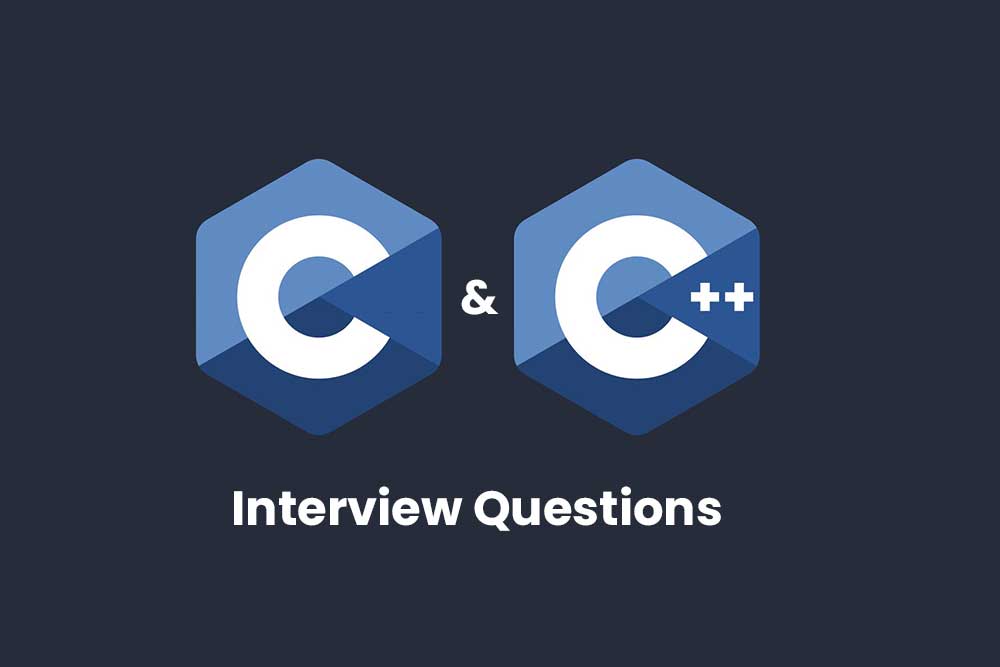Spring is one of the widely adopted frameworks in the Java community, and Spring Boot is its extension. Every one of them has its advantages for coders. People have known that Spring is a lightweight but very powerful framework for developing web applications.
But the problem with it is that it has become widely used which has made setup more of a challenge. Due to this, there arose the need for the Spring Boot platform with the intention of enhancing the creation process.
Statista found that “Spring” and “Spring Boot” were two of the most-wanted skills in the Java tech stack around the world. “Spring” was chosen by 30.42% of responders, and “Spring Boot” was chosen by 17.28%.
So, we will compare Java Spring and Spring Boot in this post and show you how they are different in important ways. Whether you are an experienced developer or just starting out with Java web development, it is important to know the differences between Spring and Spring Boot so you can make an informed choice.
What is Spring?
Spring is a great platform for developing business-level web applications. It was first released in the year 2002. It is composed of Java, Kotlin and Groovy and it aims to simplify the process of creating software based on the Java EE stack.
Spring, on the other hand, supports infrastructure at the application level,
unlike Java EE. This allows developers to concentrate on writing business logic without having to worry about how it is going to be deployed. The latest release is Spring 5. 3. 23 released on the 15th of September, 2022 are also one of the most popular among software developers.
Features of Spring
- Inversion of Control (IoC): Responsible for managing dependencies and configurations and employs Dependency Injection to manage object creation.
- Spring MVC (Model-View-Controller): Contributes to the simplicity of the MVC design to arrange the code into separate model, view, and controller frameworks which can facilitate the separation of application data, interface, and control.
- Aspect-oriented programming: Aspect-oriented programming (AOP) in Spring enhances performance as workers can divide concerns. This is particularly beneficial where there are tasks that cannot be solved through normal object oriented programming.
Benefits of Spring:
Some of the benefits of Spring include:
- Spring’s built-in components cover a wide range of topics, from web development to microservices, so you don’t have to use a lot of different third-party tools
- Spring makes development jobs easier than with Java EE, so workers can focus on making business rules.
- Spring has a big global developer community that supports it and works to make the instructions better and better all the time. This makes it easier to improve the way you write code.
- Because Spring is free and open source, it’s easy for beginners to use and for experts to get in touch with you, which isn’t always the case with Java-based solutions.
What is Spring Boot?
This is an add-on to the popular Spring platform called Spring Boot that makes making Java-based apps easier and faster. Spring Boot is not a tool for automatically writing code; instead, it is a plugin that improves systems that automate project builds. It has been around since April 2014. Spring Boot is a strong tool for making Spring-based application development faster and easier, especially for apps and smaller tasks.
Features of Spring Boot
- Importing modules, configuring third-party tools, setting up data access objects (DAO), and other tasks that take a lot of time are common tasks that developers have to do when making a Spring project. With three main features, Spring Boot speeds up this process:
- Spring Boot puts together starting packages that are specific to the types of Spring-based apps that need them. This makes it easier for coders to handle dependencies.
- The framework takes care of setup tasks automatically, including those that have to do with web projects. This means that writers don’t have to set settings by hand. Even though tastes don’t always match up with settings, Spring Boot makes sure that there is a good module for every job.
- Spring Boot comes with built-in servlet containers that make adding apps easier. The system takes care of everything else while developers quickly make JAR files that can be run.
Benefits of Spring Boot
Some of the benefits include:
- The development process is sped up because Spring Boot gets rid of the need for XML setup and WAR file distribution.
- The framework comes with a lot of production-ready tools that can be quickly changed to fit different needs. This lets developers make strong apps.
- Developers can focus on the most important business goals because Spring Boot gets rid of boilerplate code, which is code that is used over and over again with only minor changes
- Spring Boot is great for making stand-alone apps, which means it can be used for a wide range of projects.
Spring vs. Spring Boot Differences
Configuration Differences and Impact on Development
When setting up a project, Spring and Spring Boot do things in different ways. Spring’s setup can be complicated, and setting it up requires a lot of code. Spring Boot speeds up this process by reducing complicated settings to a few lines. This ease of use in Spring Boot speeds up programming and lowers the learning curve.
Control Mechanisms in Spring and Spring Boot
When it comes to how they handle control, both Spring and Spring Boot use the loosely linked reversal of control concept. In Spring, writers have more direct power over how the project moves forward, while Spring Boot manages projects itself. Because of this difference, Spring Boot handles the project by design, making the development process more led.
Issues with security
Both systems use Spring protection for protection, but Spring Boot makes managing dependencies easier. Spring has a lot of tools for enterprise-level security, but Spring Boot makes it easier to deal with dependencies that are tied to security by adding them to the build settings. The creation of safe apps in Spring Boot is now easier thanks to this update.
Scalability and Suitability
When it comes to scaling, Spring and Spring Boot give different advice. Spring and JEE are both great at making big business projects. Spring Boot, on the other hand, works best for making microservices that are launched in Docker containers but not so well for making large, single-piece software solutions. The size and type of the job will determine which one to use.
Conclusion
It’s important to match the needs of your project with the strengths of each framework, whether you choose Spring for its wide range of features or Spring Boot for its fast development process. Spring is the best choice for web apps with serverless, microservice-based, or event-driven designs, as well as those that need to be very secure and have code that runs at different times. Spring Boot, on the other hand, shows how good it is at making stand-alone apps and Spring apps that are ready for production.
You shouldn’t choose between Spring and Spring Boot based on a general like for one over the other. Instead, you should carefully think about the needs of your project. By doing this, you can use the best features of each platform to make your development projects more successful.




